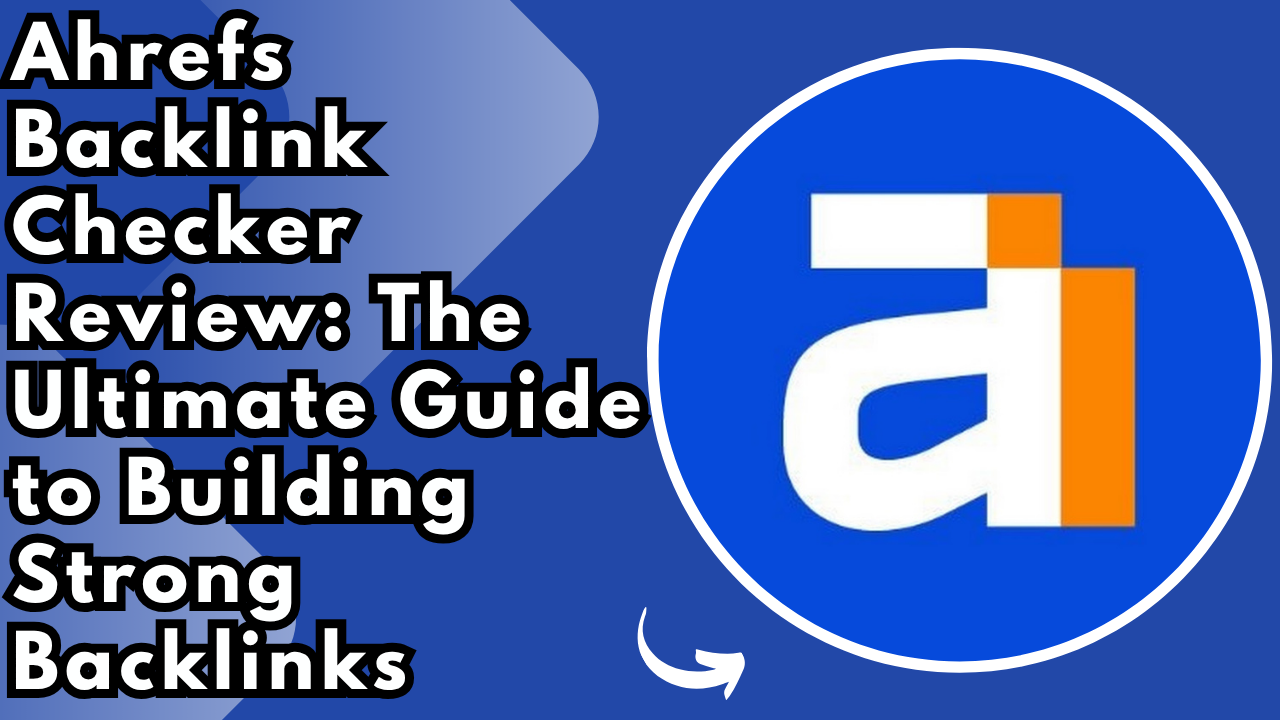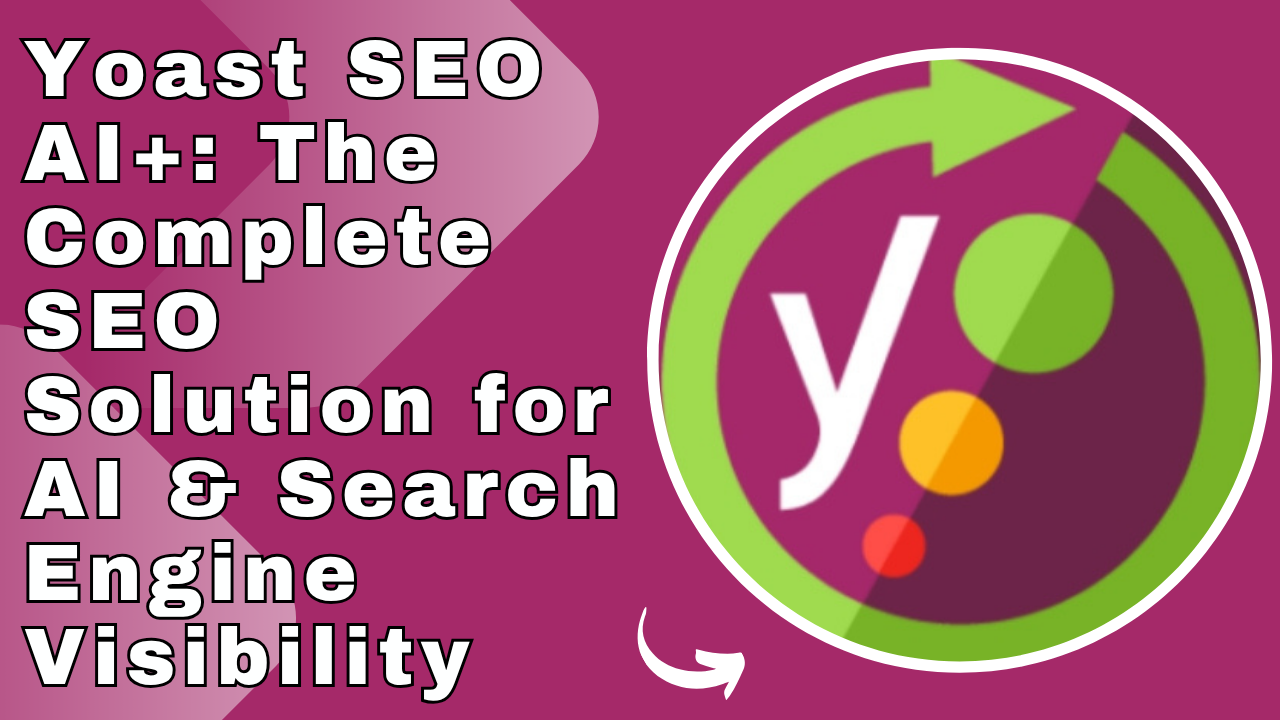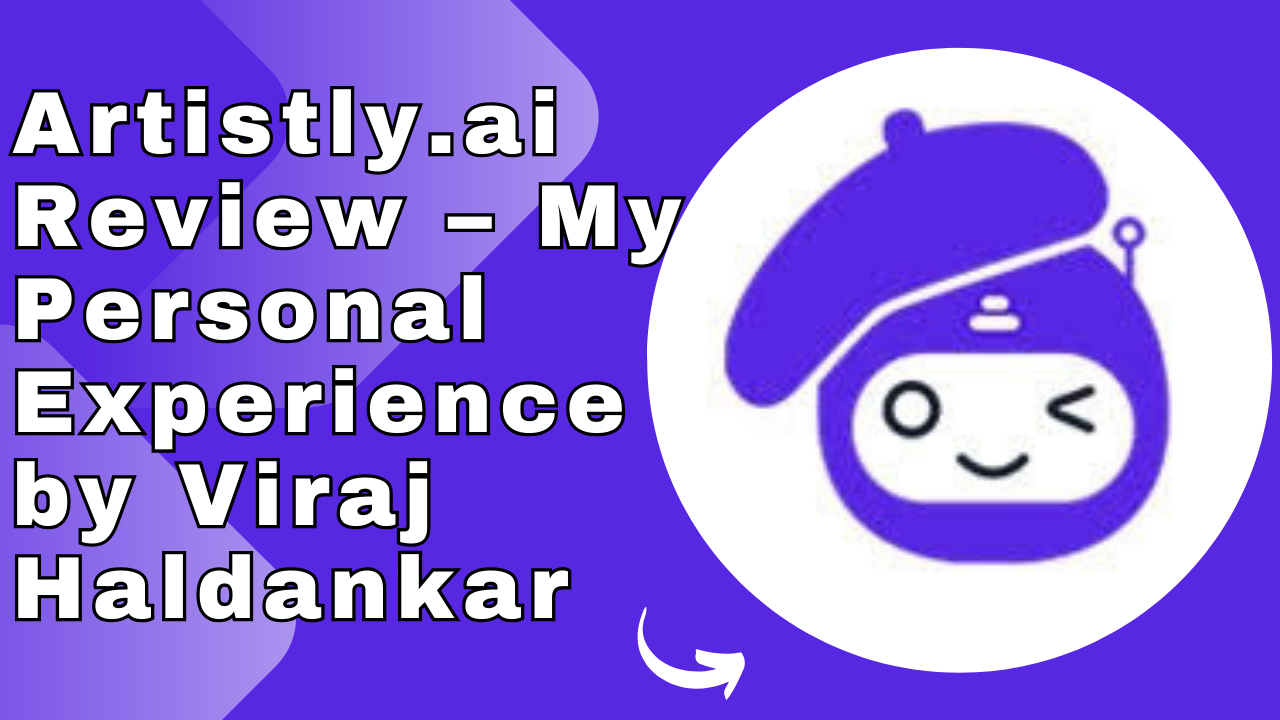Artificial intelligence (AI) has transformed the way content is created, marketed, and published online. Among the growing list of AI-powered writing assistants, ChatGPT and Copy.ai are two of the most widely used tools today. Both platforms promise to help users write faster, improve creativity, and generate content at scale.
But the question remains: Which one should you choose — ChatGPT or Copy.ai?
In this blog, we will dive deep into their features, strengths, weaknesses, pricing, and real-world applications to help you decide which AI writing assistant best fits your needs.
What is ChatGPT?
ChatGPT is an advanced AI model developed by OpenAI. It’s built on large language models (LLMs) trained on massive datasets of text from across the internet. ChatGPT is widely known for its conversational ability, allowing it to respond naturally to prompts, answer questions, generate blog posts, and even create code snippets.
Key Features of ChatGPT:
- Conversational writing style suitable for blogs, scripts, and customer support.
- Custom instructions for tone, length, and audience targeting.
- Available through free and paid versions (ChatGPT Plus, Team, and Enterprise).
- Integrations with various applications through APIs.
- Ability to generate both short-form and long-form content.
ChatGPT excels when it comes to versatility and adaptability.
What is Copy.ai?
Copy.ai is an AI-powered copywriting assistant primarily designed for marketing content. It specializes in creating ad copies, product descriptions, email campaigns, and social media posts. Unlike ChatGPT’s open-ended style, Copy.ai focuses on structured templates to streamline the content creation process.
Key Features of Copy.ai:
- Pre-built templates for ads, blogs, and email campaigns.
- Tone and style customization for branding needs.
- Collaboration tools for marketing teams.
- Provides inspiration for marketers struggling with writer’s block.
- Focus on marketing-specific outputs rather than general conversation.
Copy.ai is ideal for marketers who want ready-to-use content formats without investing time in structuring their prompts.
Feature-by-Feature Comparison
1. Ease of Use
- ChatGPT: Offers a simple, conversational interface. Users can type prompts and get responses instantly, but it requires strong prompting skills for precise results.
- Copy.ai: Provides a straightforward dashboard with templates, making it easier for beginners who don’t want to spend time crafting prompts.
Winner: Copy.ai for beginners, ChatGPT for experienced users.
2. Content Quality
- ChatGPT: Produces detailed and in-depth responses. Excellent for long-form articles, research-based content, and structured guides. However, it requires editing to ensure accuracy.
- Copy.ai: Generates creative and engaging marketing copy. However, its long-form outputs may lack depth compared to ChatGPT.
Winner: ChatGPT for depth, Copy.ai for quick marketing text.
3. SEO Capabilities
- ChatGPT: With the right prompts, it can generate SEO-optimized content, meta descriptions, and blog outlines. Paired with tools like Surfer SEO or Ubersuggest, it becomes a strong SEO assistant.
- Copy.ai: SEO support is limited since it primarily focuses on copywriting and campaign-driven content rather than keyword-optimized articles.
Winner: ChatGPT for SEO-focused writers.
4. Templates and Use Cases
- ChatGPT: Flexible, can create everything from blog posts to technical documents, but no pre-built templates.
- Copy.ai: Offers 90+ templates for specific tasks like “Facebook Ad Copy,” “Product Description,” or “Cold Email.”
Winner: Copy.ai for marketers who rely on templates.
5. Pricing Comparison
- ChatGPT:
- Free plan with limited access.
- Plus plan: $20/month with access to GPT-4.
- Team and Enterprise plans available for advanced collaboration.
- Copy.ai:
- Free plan with limited credits.
- Pro plan: $49/month with unlimited words and premium features.
- Team plan for larger organizations.
Winner: ChatGPT is more affordable for general users, Copy.ai suits teams needing marketing templates.
6. Customization and Branding
- ChatGPT: Allows custom instructions to define tone, style, and audience preferences. Advanced users can build Custom GPTs for specific workflows.
- Copy.ai: Offers “Brand Voice” tools that let you align content with your company’s personality.
Winner: Tie — ChatGPT for flexibility, Copy.ai for branded marketing.
7. Collaboration and Team Features
- ChatGPT: Collaboration possible in team and enterprise plans, but not as marketing-focused.
- Copy.ai: Designed for team collaboration with content sharing and workflow management.
Winner: Copy.ai for marketing teams.
Use Cases
When to Use ChatGPT:
- Writing blogs, research articles, guides, and tutorials.
- Customer support chatbots or FAQs.
- Brainstorming content ideas and strategies.
- Coding assistance.
When to Use Copy.ai:
- Writing social media captions and ad copy.
- Creating sales emails and landing page copy.
- Brainstorming creative taglines and slogans.
- Teams managing multiple campaigns.
Pros and Cons
ChatGPT Pros:
- Versatile content creation tool.
- Affordable pricing for individuals.
- Strong SEO and research capabilities.
- Advanced customizations.
ChatGPT Cons:
- Requires strong prompting skills.
- Sometimes factually inaccurate.
- Limited marketing-specific templates.
Copy.ai Pros:
- Easy to use with built-in templates.
- Great for marketing campaigns.
- Strong branding tools.
- Collaboration features.
Copy.ai Cons:
- More expensive for individuals.
- Limited SEO depth.
- Not suitable for technical or research-heavy writing.
Conclusion
Both ChatGPT and Copy.ai are excellent AI writing assistants, but they serve different purposes.
- If your goal is long-form blogging, SEO optimization, and versatility, ChatGPT is the stronger choice.
- If your priority is quick marketing copy, branded content, and team collaboration, Copy.ai is the tool for you.
Ultimately, many professionals combine both — ChatGPT for deep content creation and Copy.ai for short-form marketing tasks. Choosing between the two depends on your personal needs, budget, and workflow.








